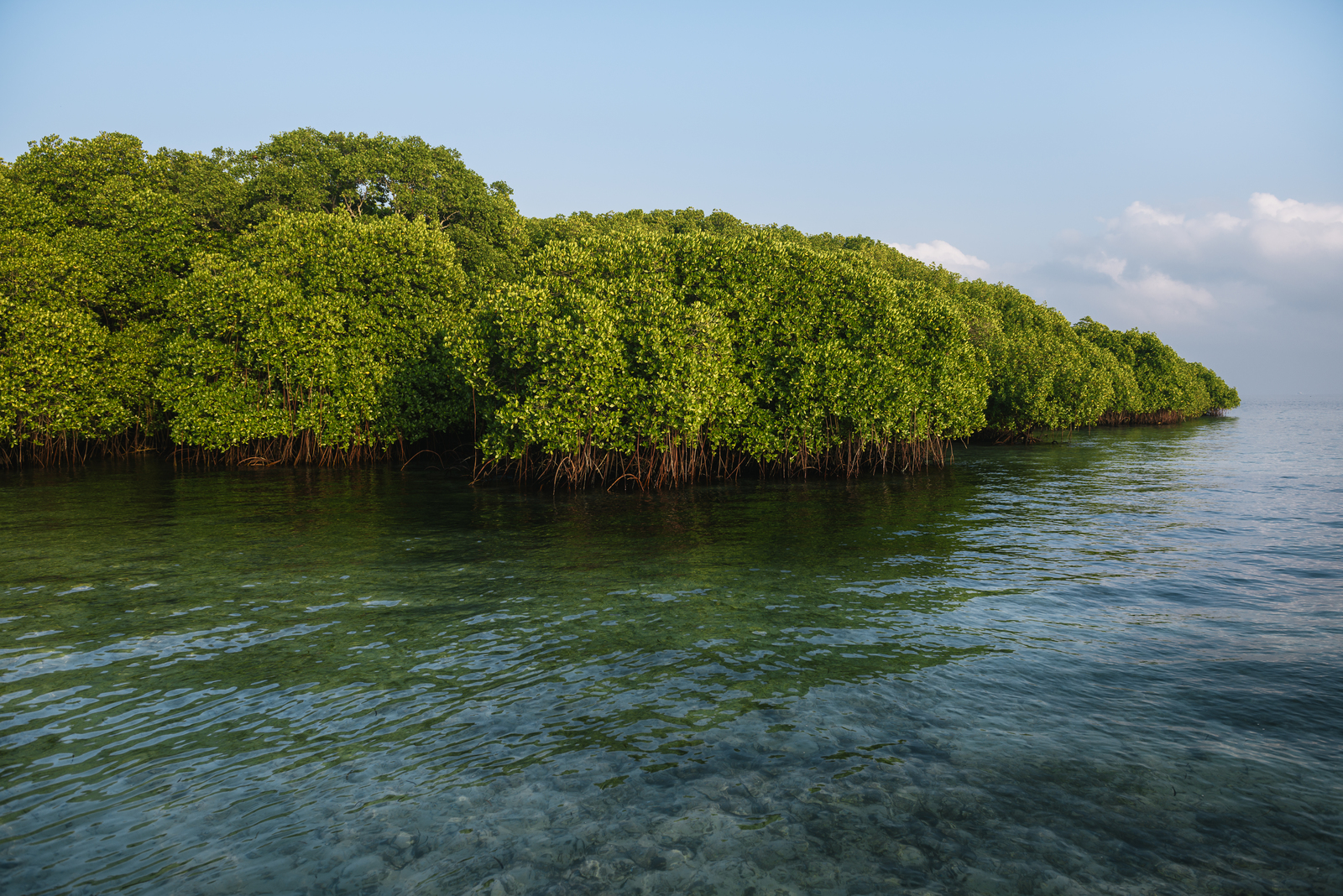Nature in Humanitarian Cycle
Project Overview
Press release (12 October 2018 – Spanish version): International Federation of Red Cross and Red Crescent Societies and The Nature Conservancy team-up to protect world’s most vulnerable coastal communities
Increasing frequency and severity of extreme hazard events worldwide call for heightened collaboration between organizations to implement more strategic adaptation solutions that reduce disaster risk and build community resilience. Over the last few years, there has been growing awareness of the need to develop robust partnerships and programs of work between the environmental and humanitarian sectors. The Nature Conservancy’s (TNC) growing body of work in climate adaptation and mitigation has led to a new and innovative partnership with the International Federation of the Red Cross (IFRC) and the American Red Crosses Global Disaster Preparedness Center (GDPC). This is indicative of the increasing need for assessing and implementing ecological disaster risk reduction efforts where the Red Cross is deploying preparedness and response resources.
Through collaboration and specific on-the-ground projects in Southeast Asia and the Caribbean, this work aims to better integrate nature-based climate adaptation within the humanitarian cycle.
As coastal development increases and people continue to move to the coasts, there is a need for new and improved strategies for risk mitigation to support growth and minimize stress on the environment. Ecosystems are not only valuable for mitigating risk, but also support development and humanitarian goals. However, the environment is not systematically taken into account in global humanitarian action, and a failure to integrate the environment within the humanitarian program cycle will further the exploitation of natural resources and limit the safety and prosperity of coastal communities around the world.

Projects
These three projects firmly plant nature and The Nature Conservancy in the humanitarian space:








